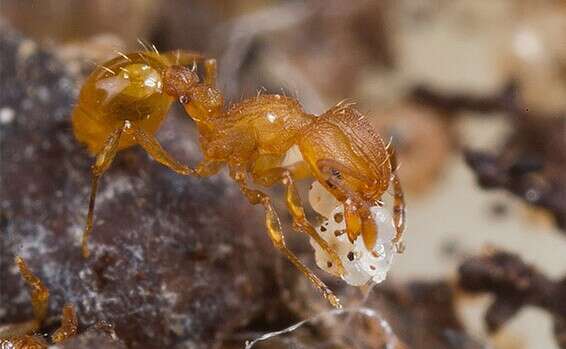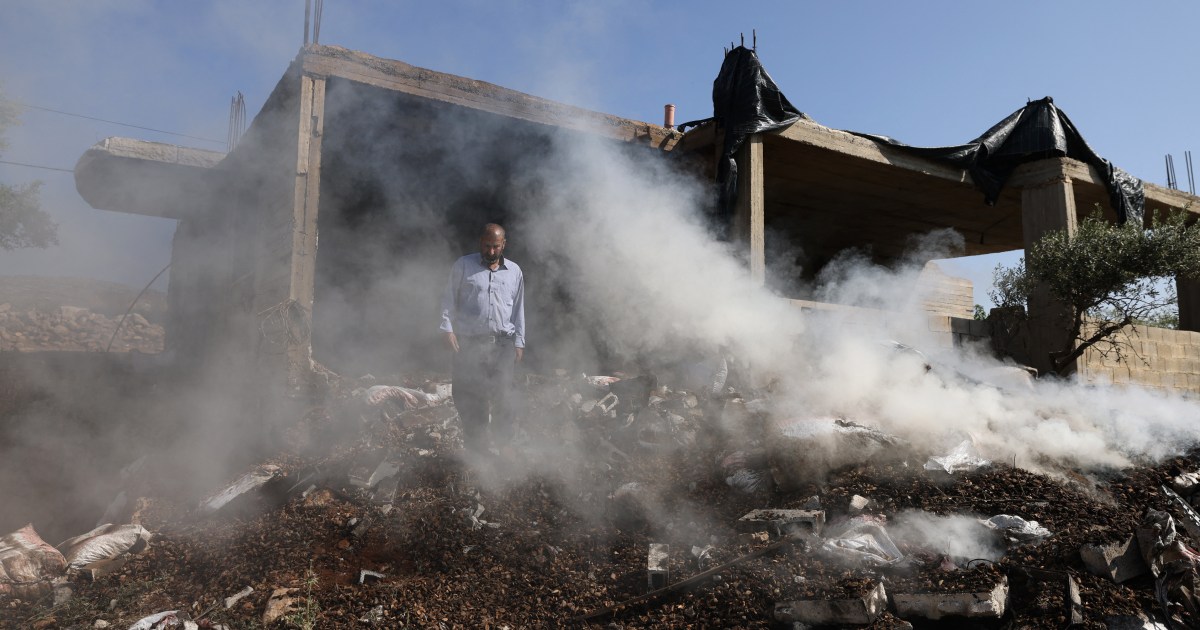The invasive species has spread to about 350 localities and harms animals and the environment • The Society for the Protection of Nature invites the public to report sightings of dangerous ants
Fire Ant // Photo: Gilad Ben Zvi, Steinhardt Museum of Nature
Did you come across a small ant at the playground? Did you bring a flowerpot infected with ants from a nursery? It may be the fire ant, an invasive species that spreads throughout Israel, which harms the natural ecosystem.
In a first-of-its-kind survey to be conducted in Israel, led by the Society for the Protection of Nature together with the Entomological Laboratory at the Tel Aviv University Museum of Nature, the fire ports will be mapped to obtain accurate data on their distribution and spread.
After deer, anemones, birds, butterflies, fireflies and more have been surveyed in recent years as part of civil science projects - a collaboration between researchers and the public, which allows for a contribution to both science and nature conservation - now is the time for fire ports. The little fire ant is an invasive species that originated in South and Central America. According to estimates, the ant is currently found in about 350 localities and natural areas in Israel, and has even reached localities throughout the desert as far as Eilat. "Most of the distribution of the ant in Israel is done by humans, usually by nurseries, which transport infected pots, soil, compost and pruning all over the country," explains Dr. Nirit Lavi Alon, from the Society for the Protection of Nature.
The fire ant can be identified by their size and color - the males are small (1.5 mm), orange and identical in size, while the queens and males are darker and larger (4.5 mm). The ant eats everything - carnivores, eats carcasses and feeds on honeydew of aphids. "The ant is dangerous for the environment because it causes a dramatic decrease in the variety and abundance of species of ants and other invertebrates in the habitats it invades. The ant preys on young individuals of reptiles and birds, and causes blindness to mammals and adult birds," adds Gilad Ben-Zvi At Tel Aviv University.
The ant is a nuisance to humans in populated areas, due to its painful bite that causes the development of a burn-like local lesion, but does not cause permanent damage. The ant penetrates the garden and home and causes severe damage to the quality of life, and can sting the eyes of dogs and cats to the point of blindness. In addition, the ant causes damage to agriculture and tourism, leading to severe financial losses, and scientists estimate that within a few years, the annual economic damage of the fire ant to the State of Israel will amount to more than one billion shekels.
Therefore, since early monitoring is of paramount importance, survey authors invite the public to report sightings of fire ants in backyards, lawns and gardens, swimming pools, parks and open spaces, at the following link: https://www.teva.org.il/nimlatesh.















